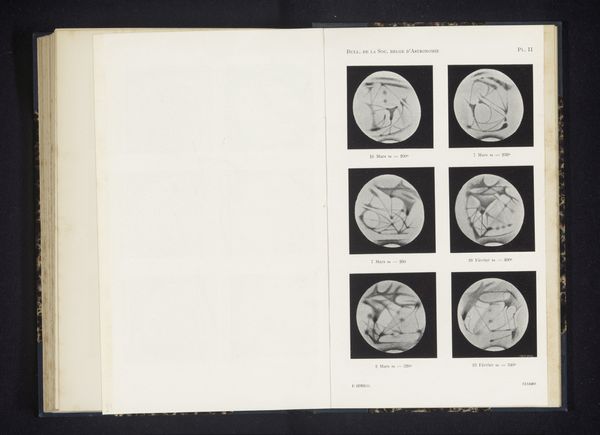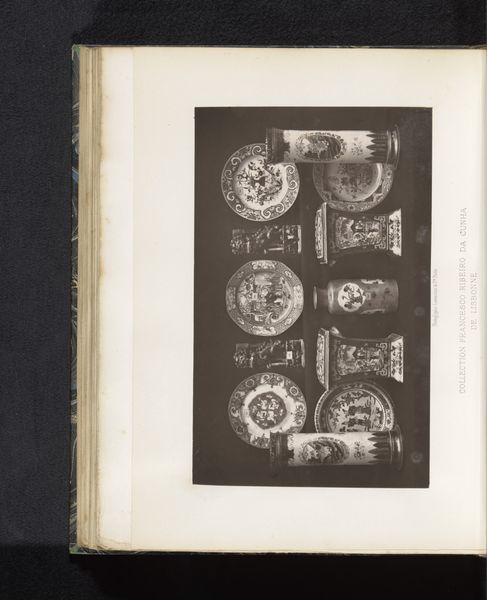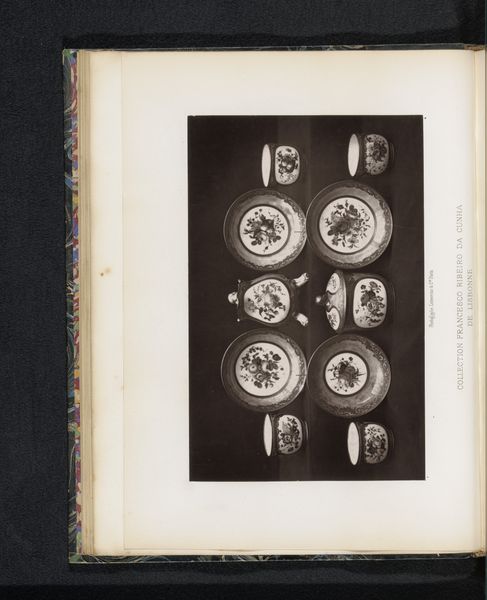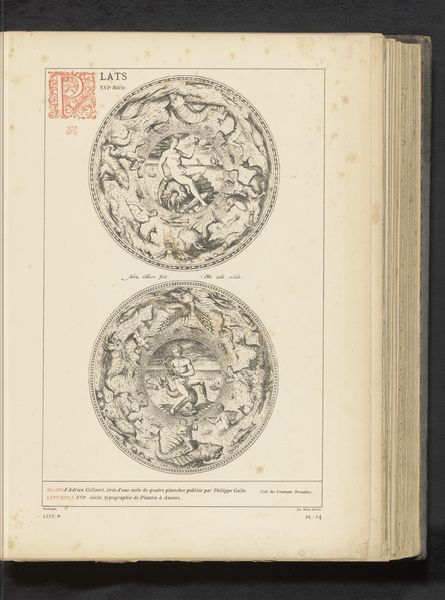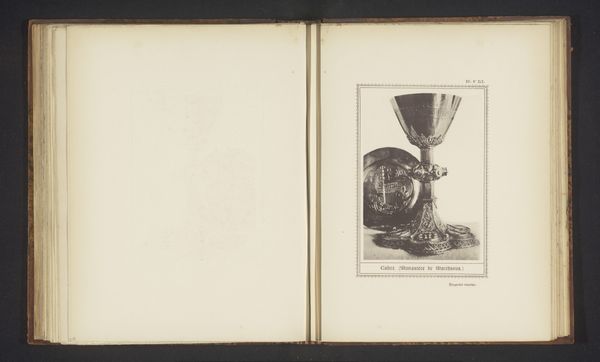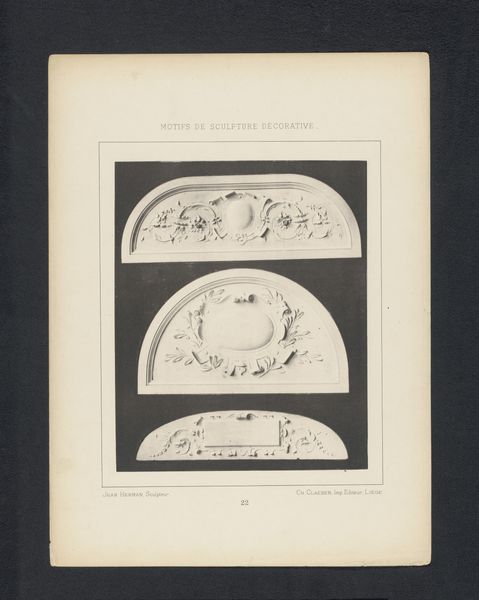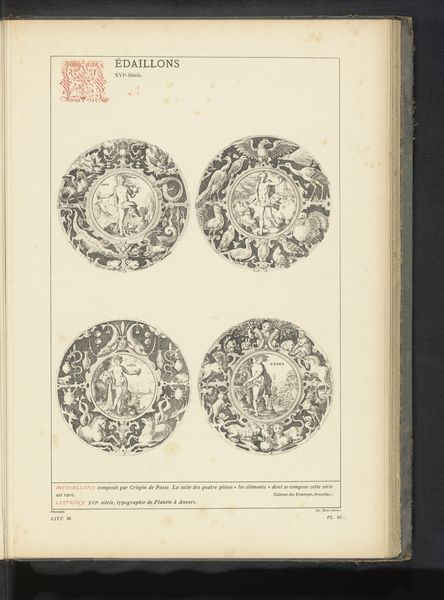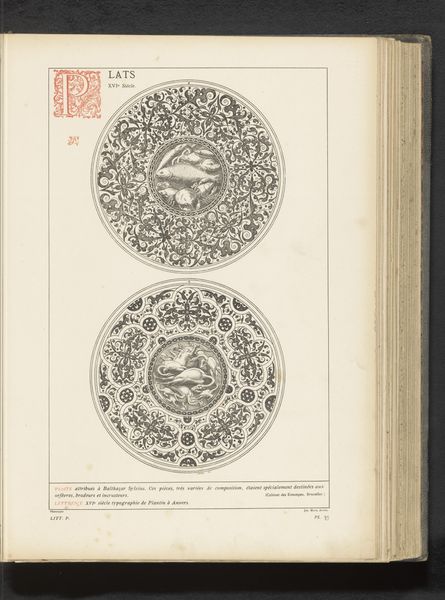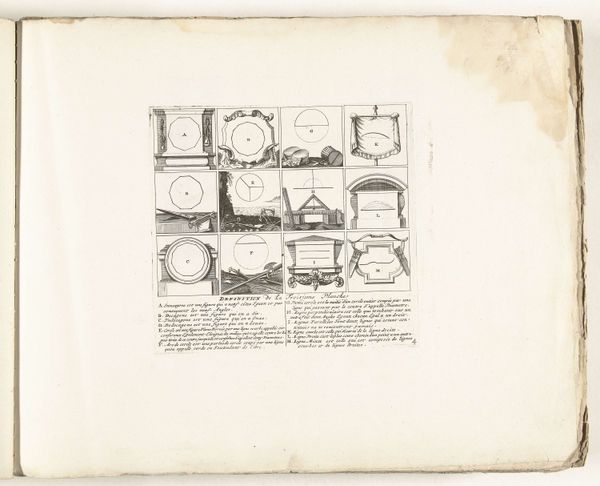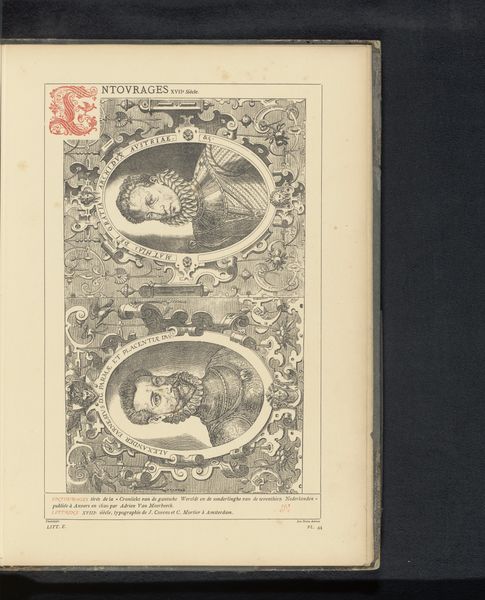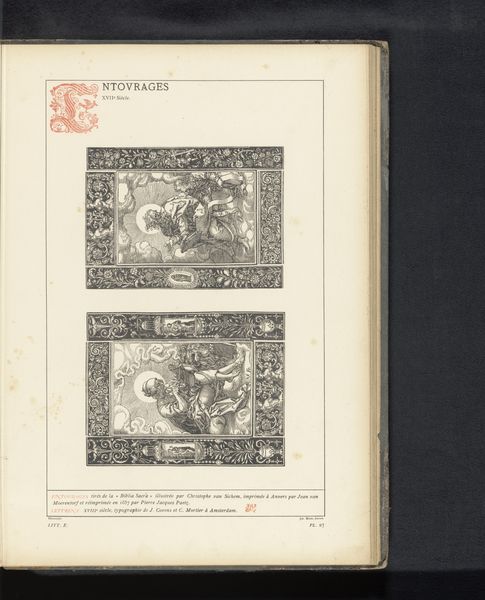
print, relief, photography, sculpture
#
portrait
#
medieval
# print
#
relief
#
photography
#
sculpture
Dimensions: height 339 mm, width 232 mm
Copyright: Rijks Museum: Open Domain
Editor: This print showcases "Twee koppen in steen in de binnenplaats van Hof Bladelin te Brugge," dating back to before 1881, and the artist is anonymous. The images depict stone sculptures or reliefs. What strikes me is how the expressions seem simultaneously regal and severe. What's your take on this, considering the time period? Curator: Well, seeing these portraits, it’s vital to consider them not merely as aesthetic objects but as cultural artifacts loaded with historical meaning. Who were these figures, and what did their representation communicate about power, gender, and social status within the context of the Hof Bladelin and Bruges society? Editor: So, you are suggesting that the portraits could represent more than just faces? Curator: Precisely. Think about how portraiture, especially in the medieval and early Renaissance periods, functioned as a tool for constructing and reinforcing identity. Consider the potential symbolism embedded in their garments, hairstyles, and even their placement within the courtyard. Do these details suggest particular roles or affiliations? And whose stories might be excluded or marginalized by such representation? Editor: I see. It becomes more than just art; it’s about who had the privilege to be seen and remembered. Are there existing theories about who they might represent? Curator: Some historians believe these represent members of the Bladelin family or individuals associated with the court. But critically, we must ask, who decides whose stories are told and remembered? Engaging with feminist theory allows us to consider how power dynamics shape even seemingly benign depictions. Editor: It is thought-provoking to consider that the visual language of art can reflect societal inequalities and power struggles. I never considered all these contextual implications! Curator: Absolutely. And by questioning and analyzing those representations, we gain a deeper understanding of the complex interplay between art, identity, and power throughout history.
Comments
No comments
Be the first to comment and join the conversation on the ultimate creative platform.


